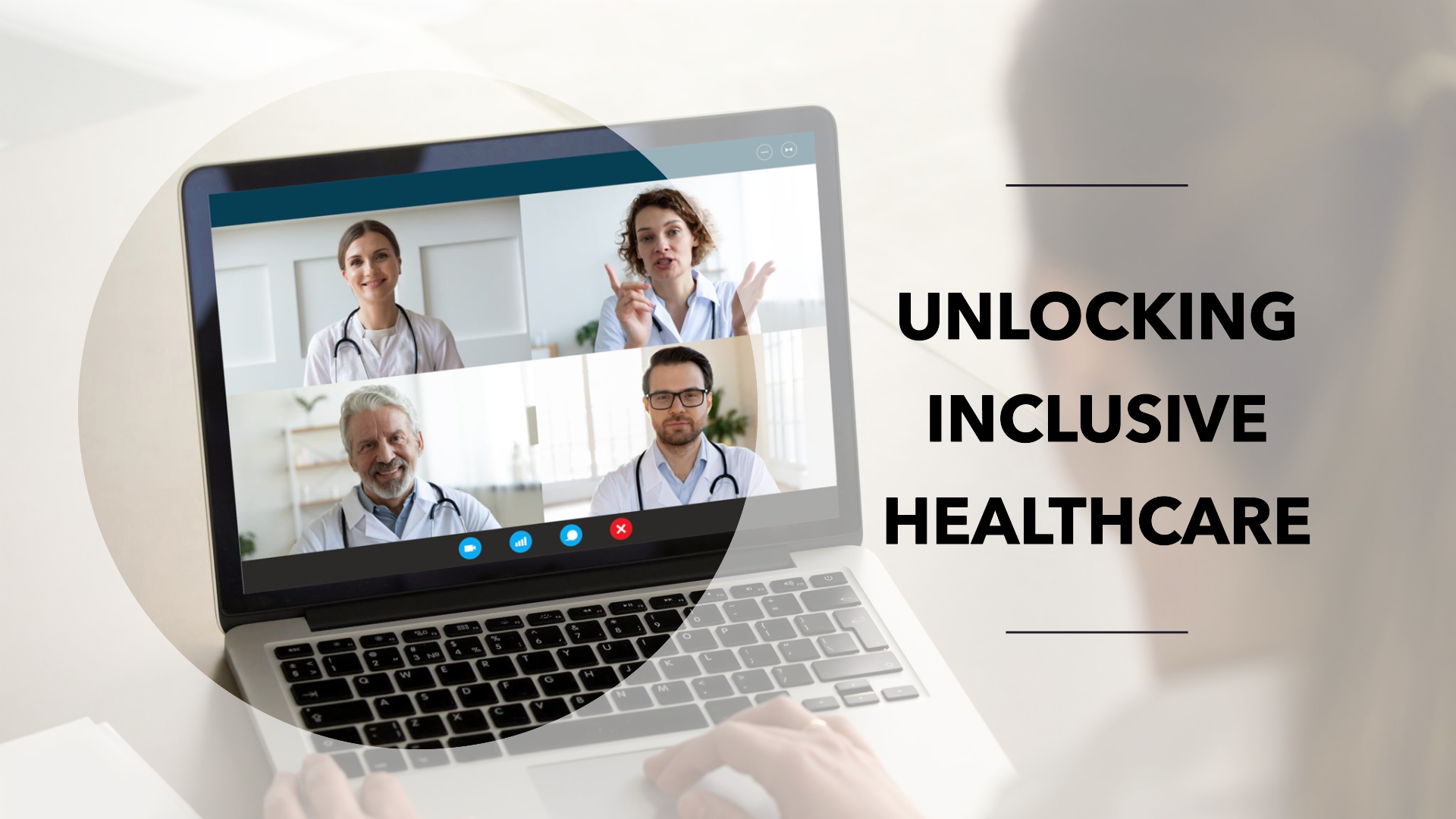We are going to talk about wearable medical devices and their opportunities and challenges. It’s not easy to sell a medical device. It doesn’t look like your current medical devices, and it doesn’t work exactly the same way. Having said that, we think it is extremely important for medical device companies and medical device users alike to understand how we are different and what makes us uniquely valuable. We believe that if you want to make a compelling case for why people need your products, then you have to engage with their needs in the right way.
Wearable Medical Devices: Opportunities and Challenges
Despite the evidence of the clinical benefits, many physicians and patients still consider wearable medical devices as an alternative for traditional forms of monitoring.
Wearable medical devices have a variety of potential applications, including:
- Monitoring physiological or vital signs from afar (e.g., remotely via a mobile device)
- Diagnosing brain activity or spinal cord function (e.g., via a mobile device) screens, such as those used in neurological rehabilitation programs
- Delivering real-time video and audio data to doctors onsite (such as during elective surgeries)
- Providing remote patient monitoring and remote care (such as during surgeries).
There is a body of evidence suggesting that wearable medical devices can offer substantial improvements in patient safety, lower costs and improve quality of care. However, adoption by clinicians still remains low. To address this challenge, we need to preserve privacy while also maximizing patient satisfaction with wearable medical devices. We will discuss two challenges facing health care providers who need to ensure that patients have access to their wearable medical devices:
- Adequate privacy onsite
- Patient satisfaction onsite
What Makes Wearable Medical Devices Adoption Difficult?
The reason this topic is so important is that it has been a long time coming. When I started working as a doctor years ago, doctors were proud of their role in improving patient health. It was a noble pursuit and the technology was available to make it happen. Today, when you meet a doctor in his or her office, there is only about 4% of that time spent on patients.
But that hasn’t prevented people from dreaming big dreamt of telemedicine, remote monitoring and diagnosis using wearable devices. And while we are not quite there yet, thanks to the work of Tim Ferris and many others, we have at least managed to create some traction (and revenue) for such efforts.
Despite the progress made in recent years, one thing that still remains an obstacle for adoption: patient awareness. In many cases (particularly among younger generations), wearable medical devices are viewed as “just another gadget” rather than as real medicine. And there is very little education around how they actually work (such as their provenance). This can be due to several factors: a mismatch between what the device claims to do and what it actually does; a lack of clarity about the true cost-benefit ratio; or simply a lack of awareness about value, most patients don’t know if they can control costs or even benefit from these devices and therefore haven’t compared them to other options (i.e. existing medical technologies).
While medical professionals may have an easier time seeing value in wearable medical devices than consumers do (thereby reducing barriers), the result has been anemic usage rates among clinicians who are ultimately responsible for patient care decisions.
That said, I think things will change for the better, it just takes some time for that change to take place: more physicians will be able to see value; patients will start talking with doctors about their health issues more often leading them down more specific paths; more companies will partner with doctors on product development projects; and finally, physicians themselves will come up with better ways of promoting their services through marketing campaigns (and not just through social media).
Wearables are not only useful for the patient, they have the potential to be a lucrative technology for clinicians. The market is small right now, but it is growing. Surveys in the U.S., Canada, and Australia identify that medical professionals undervalue wearable technologies and treat them as a nuisance. However, a recent study by the American College of Physicians found that medical professionals are well aware of their importance and are increasingly examining wearable devices (which can be used to monitor patients’ vital signs, track patients’ heart rhythm, or even record data).
Despite their growing acceptance in the field of medicine, there are still significant barriers preventing adoption in clinical practice. Particularly concerning is how relatively few clinicians know about wearable technology and how much further we need to go before physicians begin to use it regularly, if at all.
We are sure that health wearable technology is going to be relevant at the healthcare sector in the few years. Contact us for more relevant details. To find out more about how we can help you with your Digital Healthcare Transformation, Healthcare organizational growth, or Healthcare brand positioning, please get in touch via phone +44 (0) 203 3620421 or via e-mail: info@digitalsalutem.com





